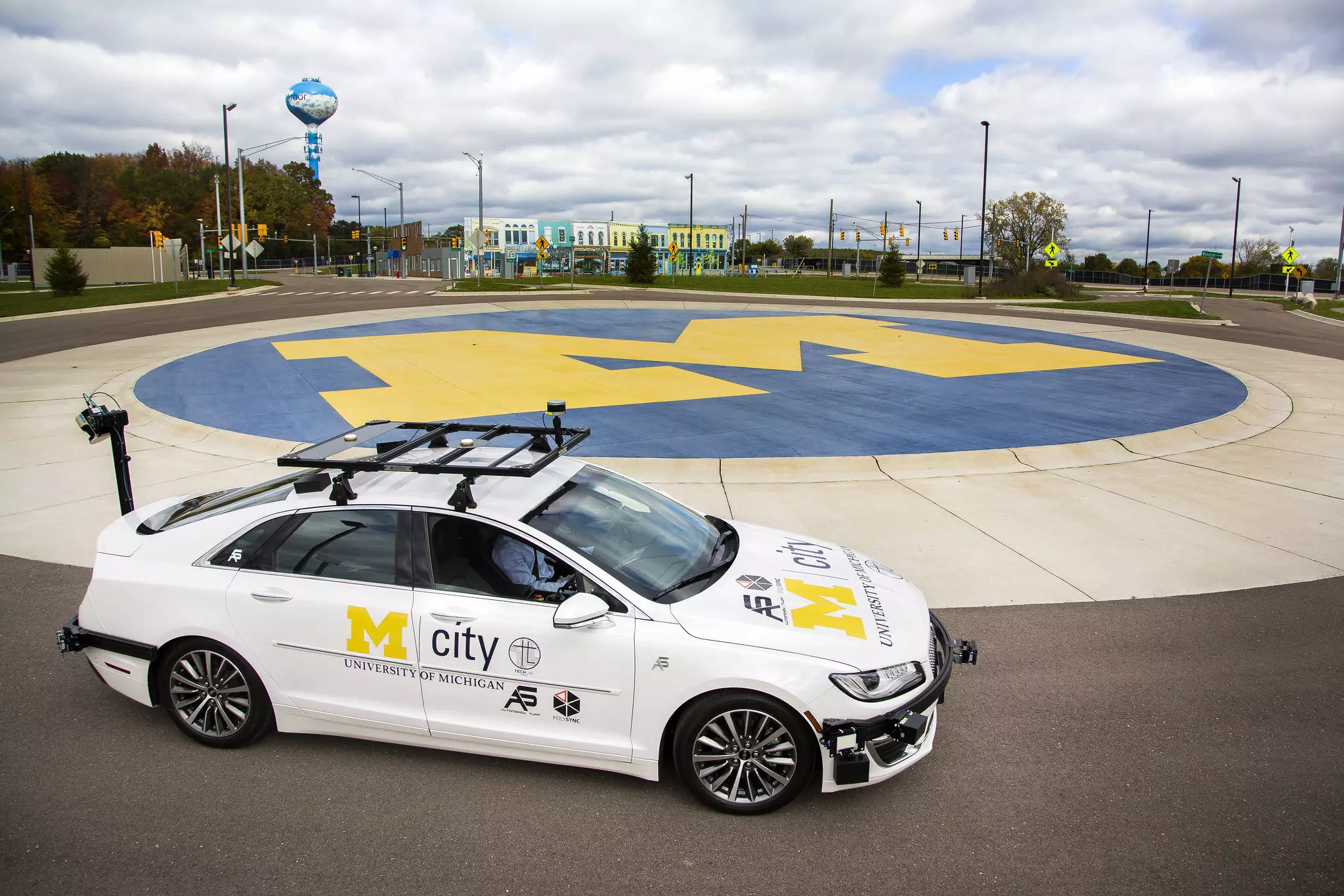The advancement of self-driving vehicle technology has led to the emergence of self-driving vehicle networks that collaborate and communicate with each other or with infrastructure to make decisions. However, a recent study led by the University of Michigan has revealed that these networks are vulnerable to data fabrication attacks. The study presented at the 33rd USENIX Security Symposium in Philadelphia highlighted the risks associated with collaborative perception in vehicle-to-everything (V2X) systems. Although this technology is still in development, various countries are supporting its progress through small-scale testing and deployment plans.
Professor Z. Morley Mao, the senior author of the study, emphasized that while collaborative perception allows connected and autonomous vehicles to gather more information than they could individually, it also exposes them to serious security threats. The sharing of information among vehicles creates an opportunity for hackers to introduce fake objects or manipulate real objects in perception data. This could potentially lead to dangerous situations such as hard braking or collisions. Doctoral student Qingzhao Zhang, the lead author of the study, stressed the importance of understanding and countering these attacks to ensure the safety of passengers and other drivers.
Unlike previous studies that focused on individual sensor security, this study introduced sophisticated, real-time attacks that were tested in both virtual simulations and real-world scenarios at U-M’s Mcity Test Facility. The researchers administered falsified LiDAR-based 3D sensor data with malicious modifications to demonstrate the vulnerabilities of the system. Using zero-delay attack scheduling, they were able to introduce malicious data without any lag or delay. In virtual simulations, the attacks were successful 86% of the time, while on-road attacks triggered collisions and hard braking in the Mcity environment.
To address these security vulnerabilities, the researchers developed a countermeasure system called Collaborative Anomaly Detection. This system leverages shared occupancy maps, which are 2D representations of the environment, to cross-check data and detect any geometric inconsistencies in the perception data. The system achieved a detection rate of 91.5% with a false positive rate of 3% in virtual simulated environments, effectively reducing safety hazards in real-world scenarios. These findings provide a robust framework for improving the safety of connected and autonomous vehicles and detecting data fabrication attacks in collaborative perception systems used in various industries.
Professor Mao emphasized the importance of providing comprehensive benchmark datasets and open-sourcing methodologies to set a new standard for research in this domain. By fostering further development and innovation in autonomous vehicle safety and security, this study aims to protect self-driving vehicle networks from malicious attacks and ensure the safety of passengers and other road users.


Leave a Reply